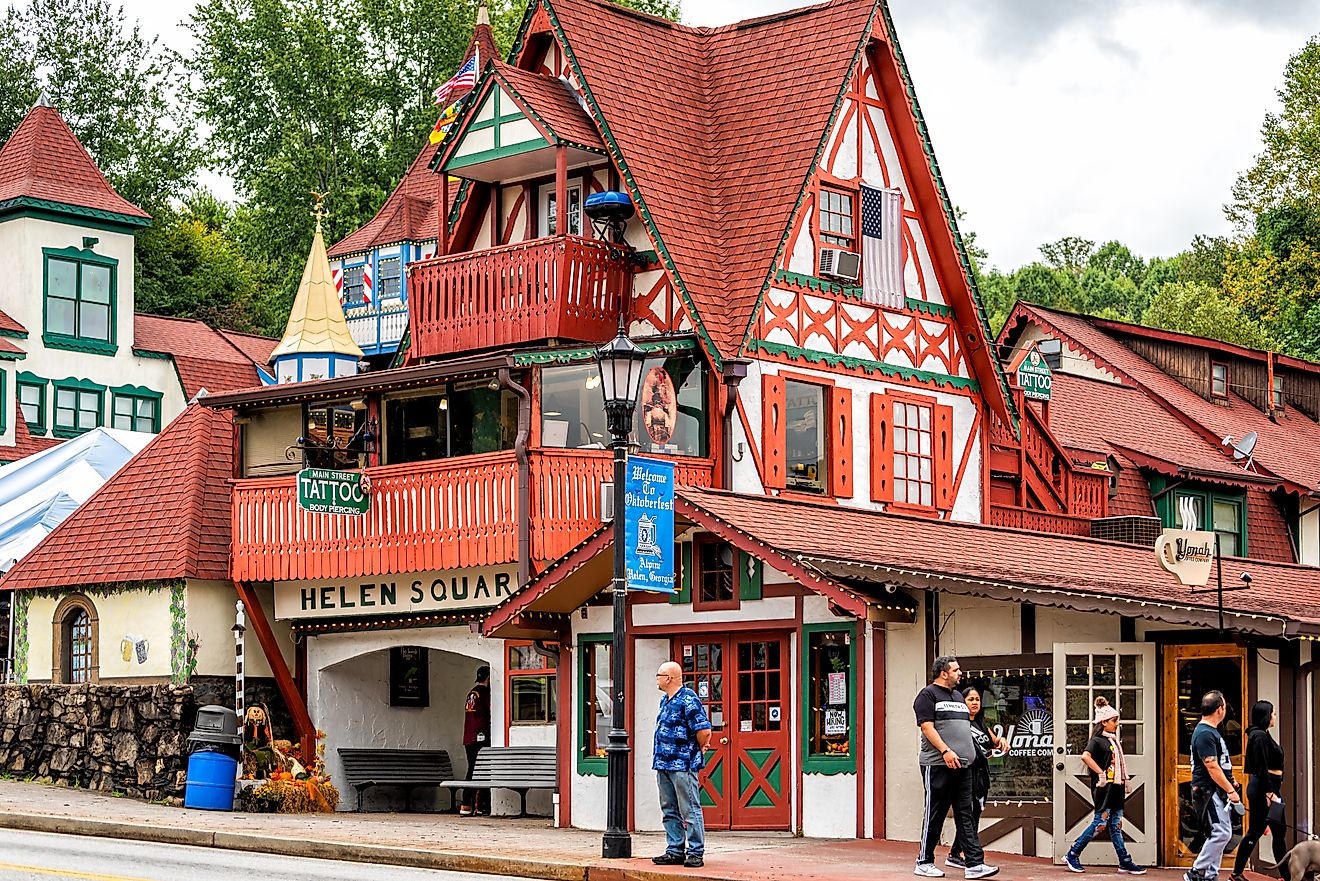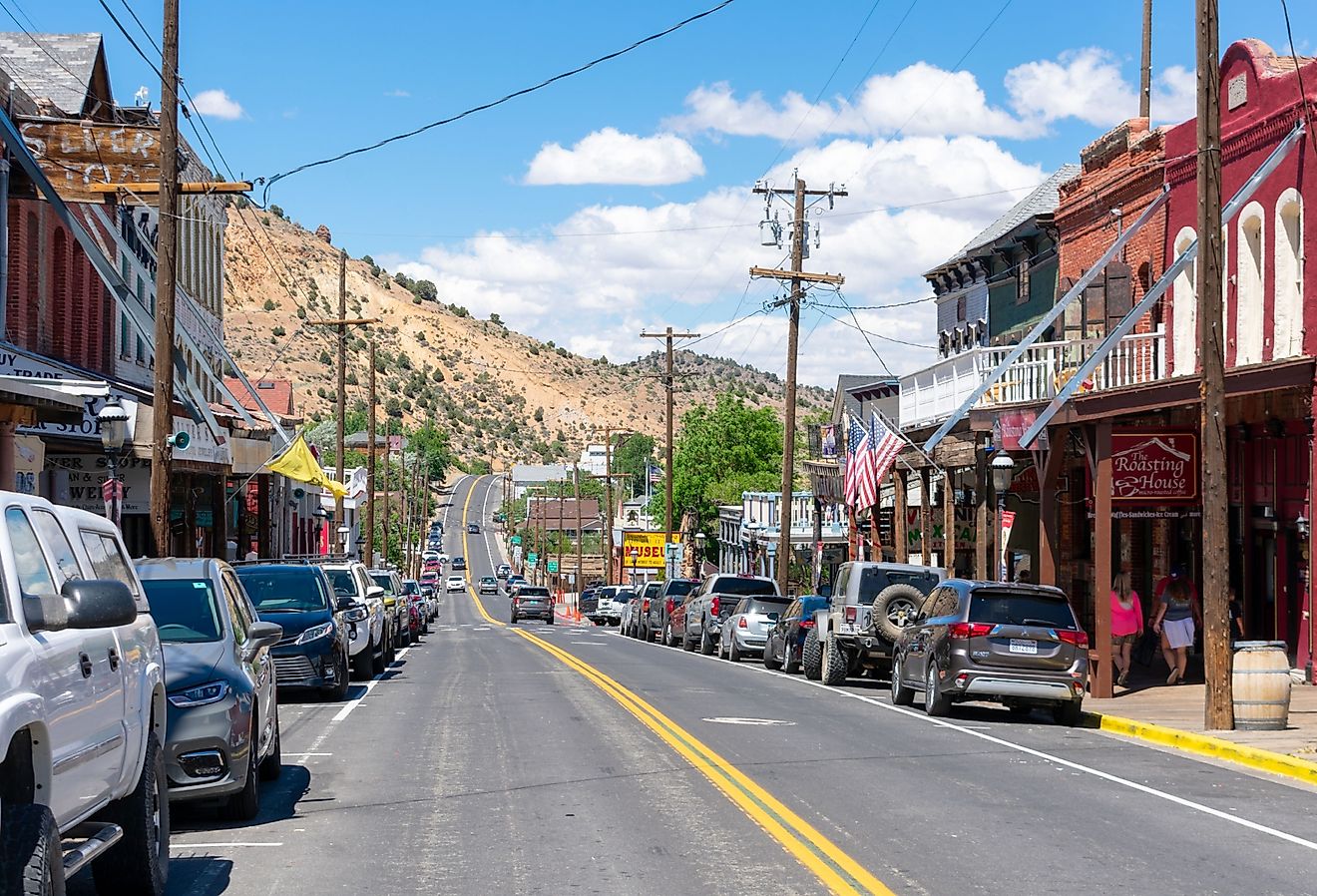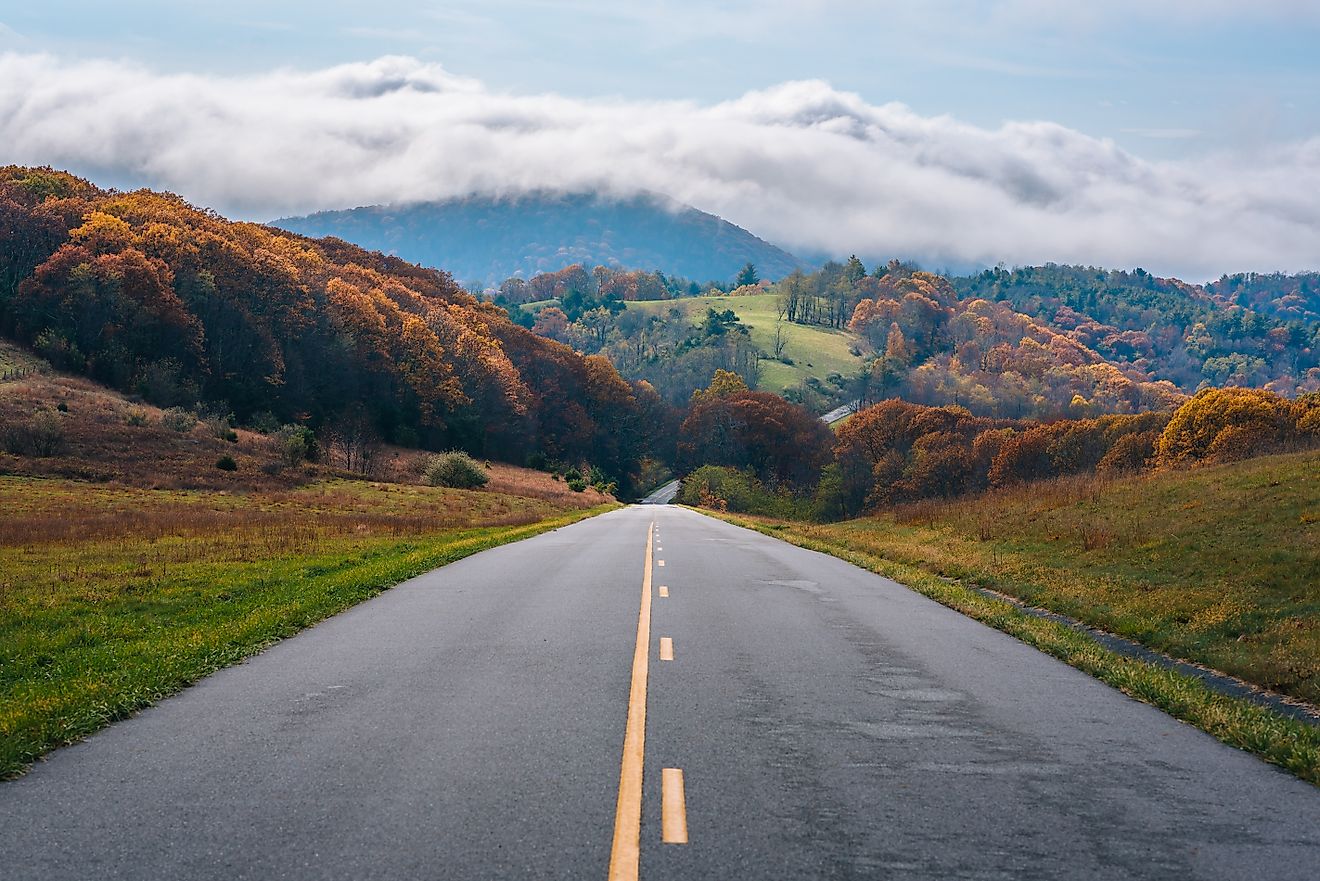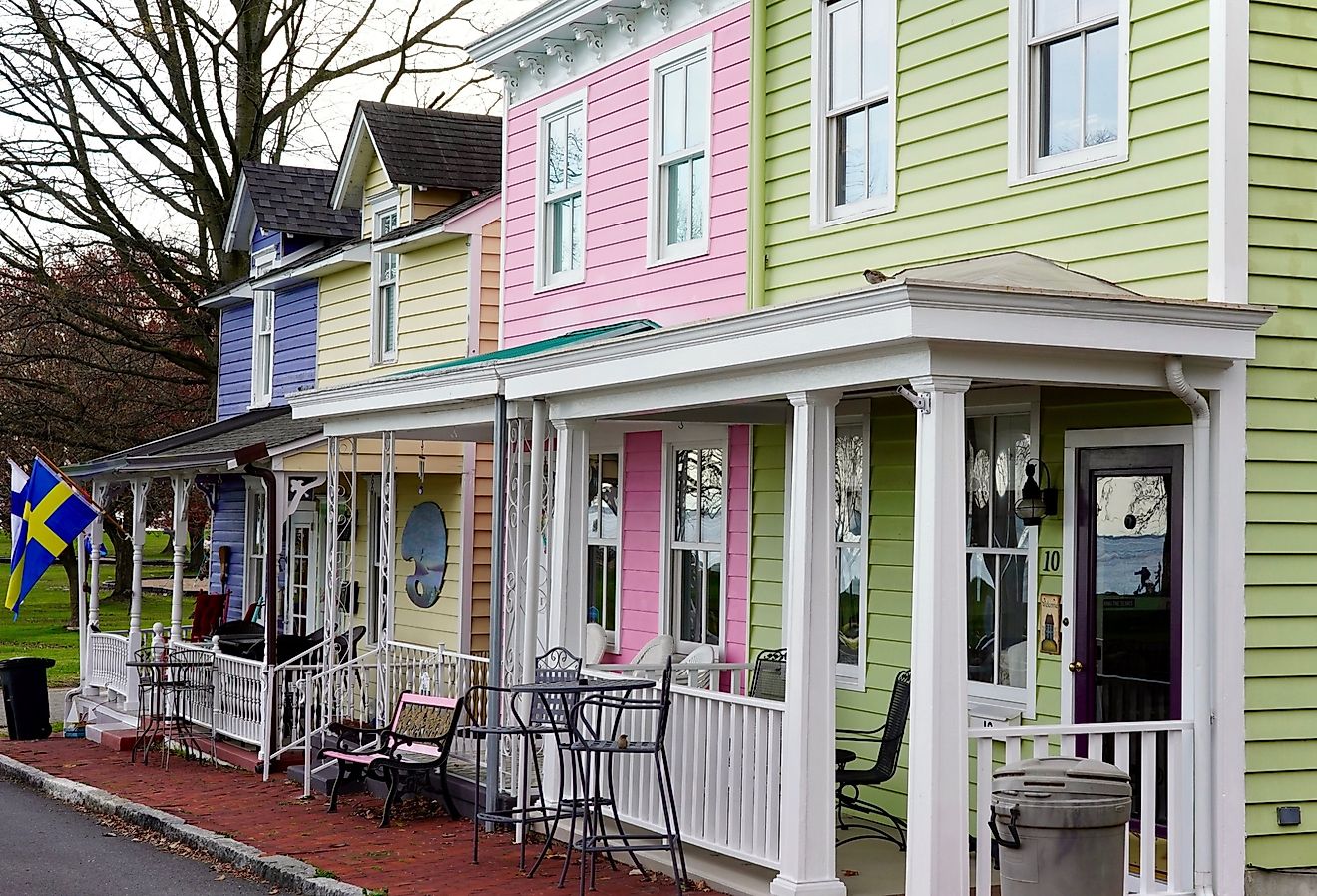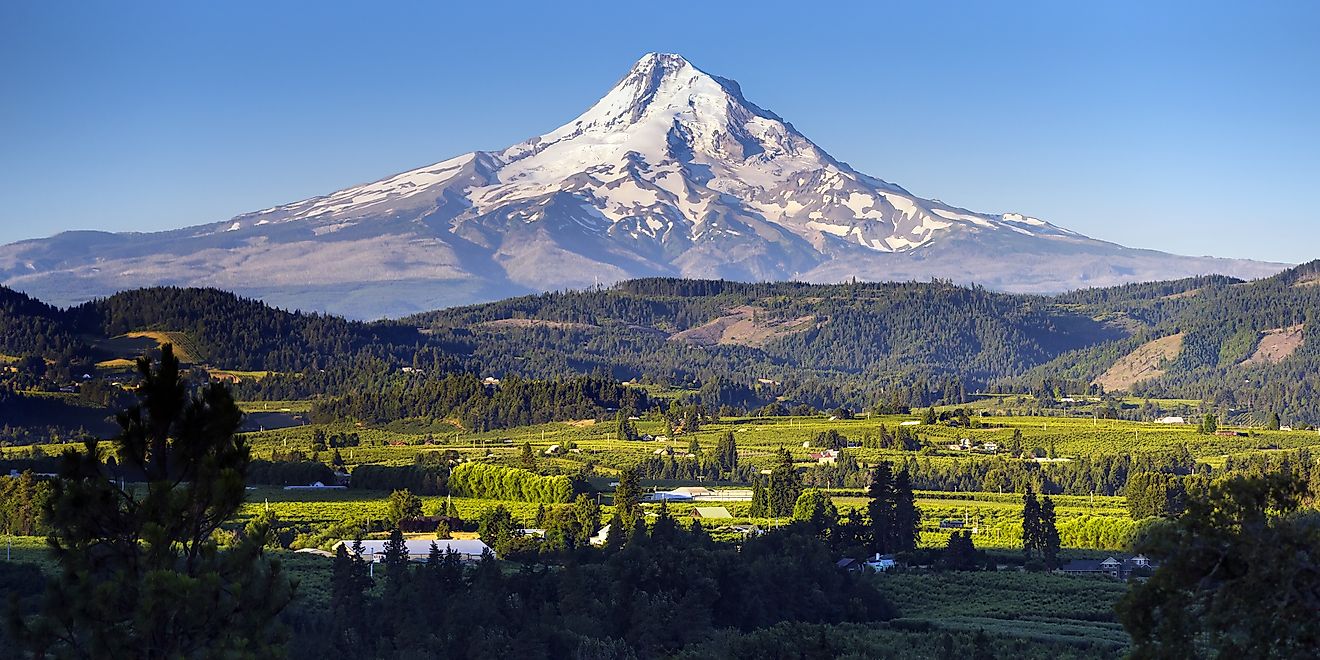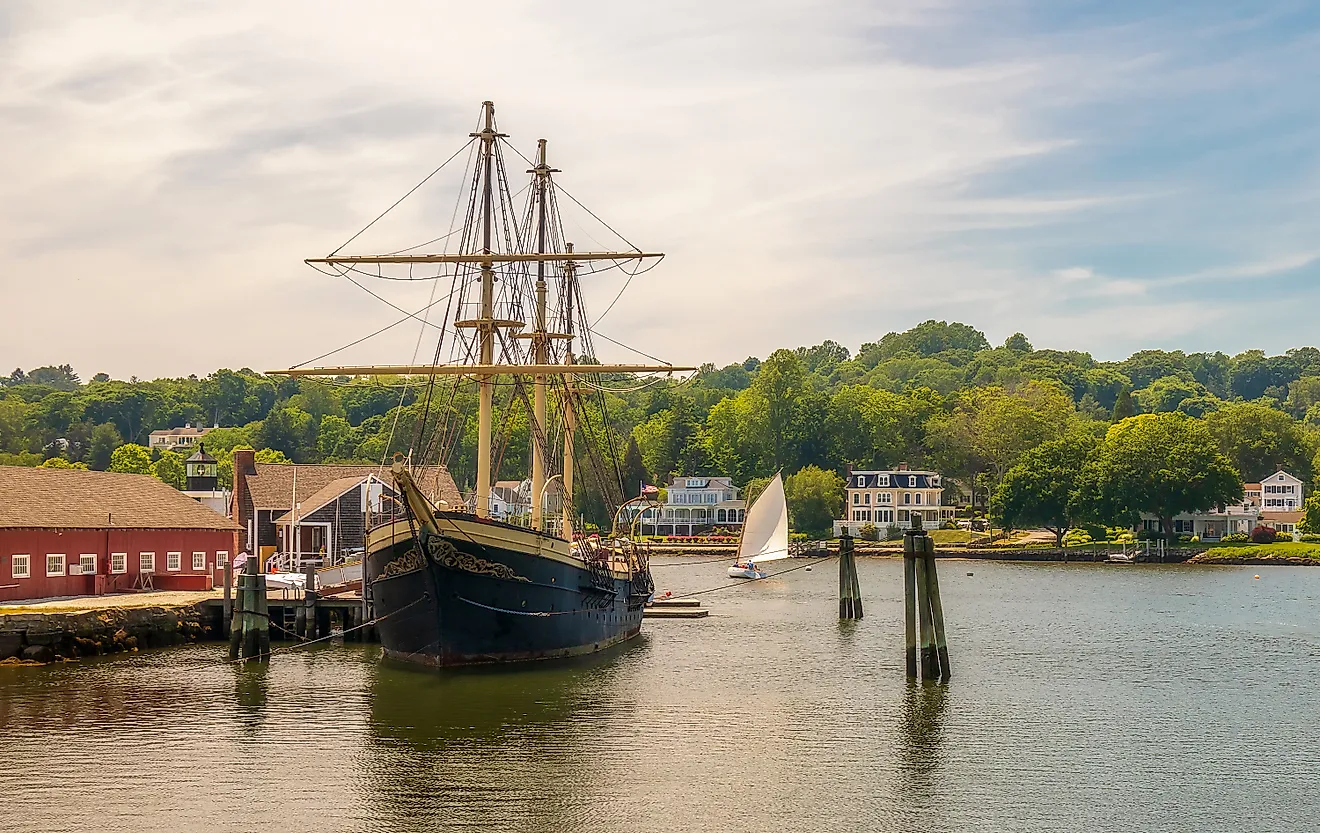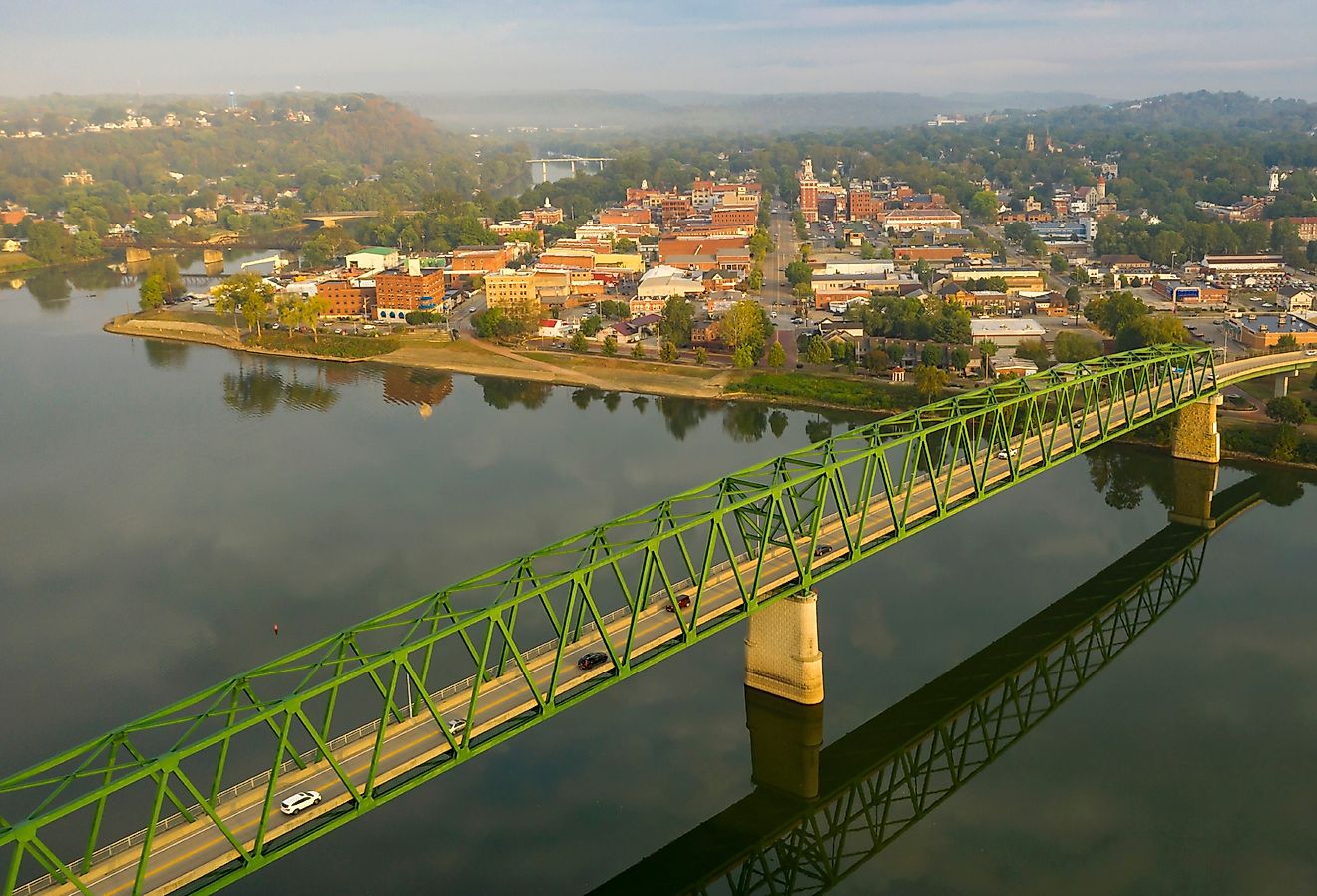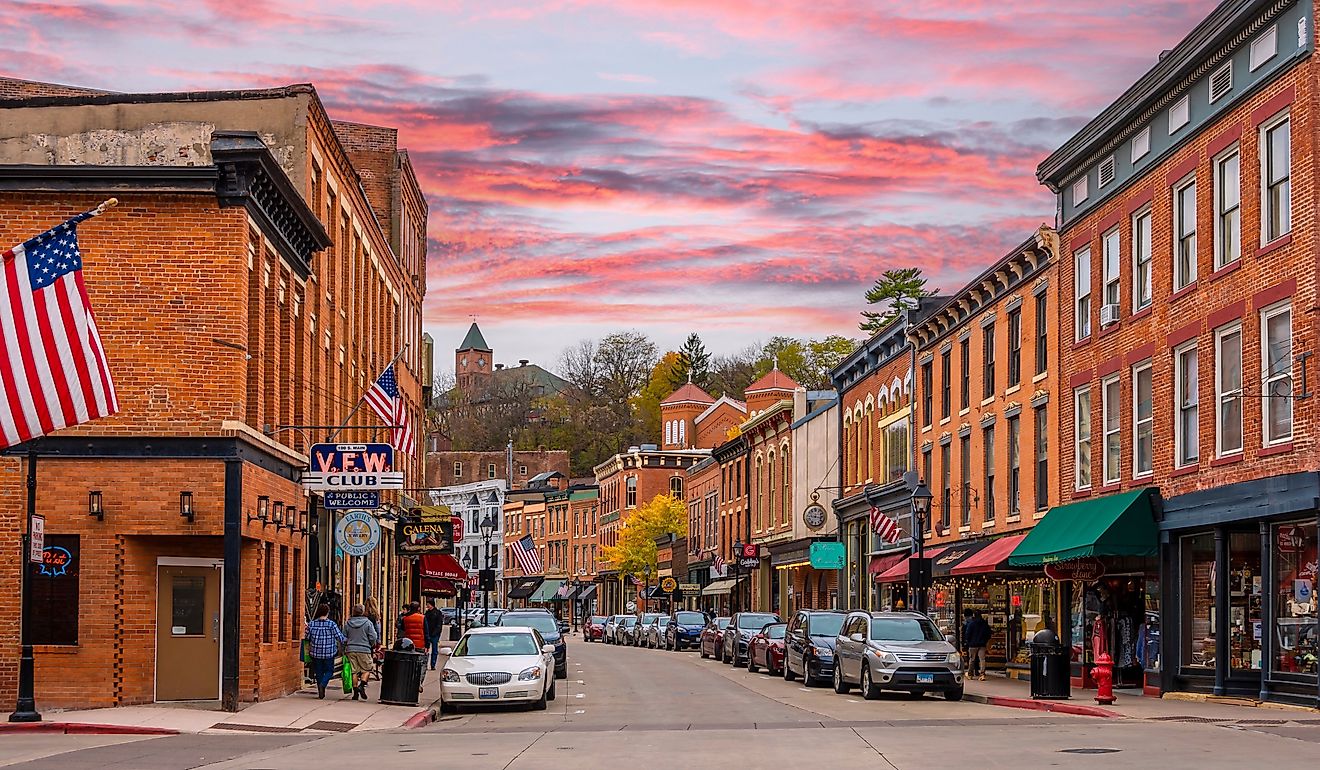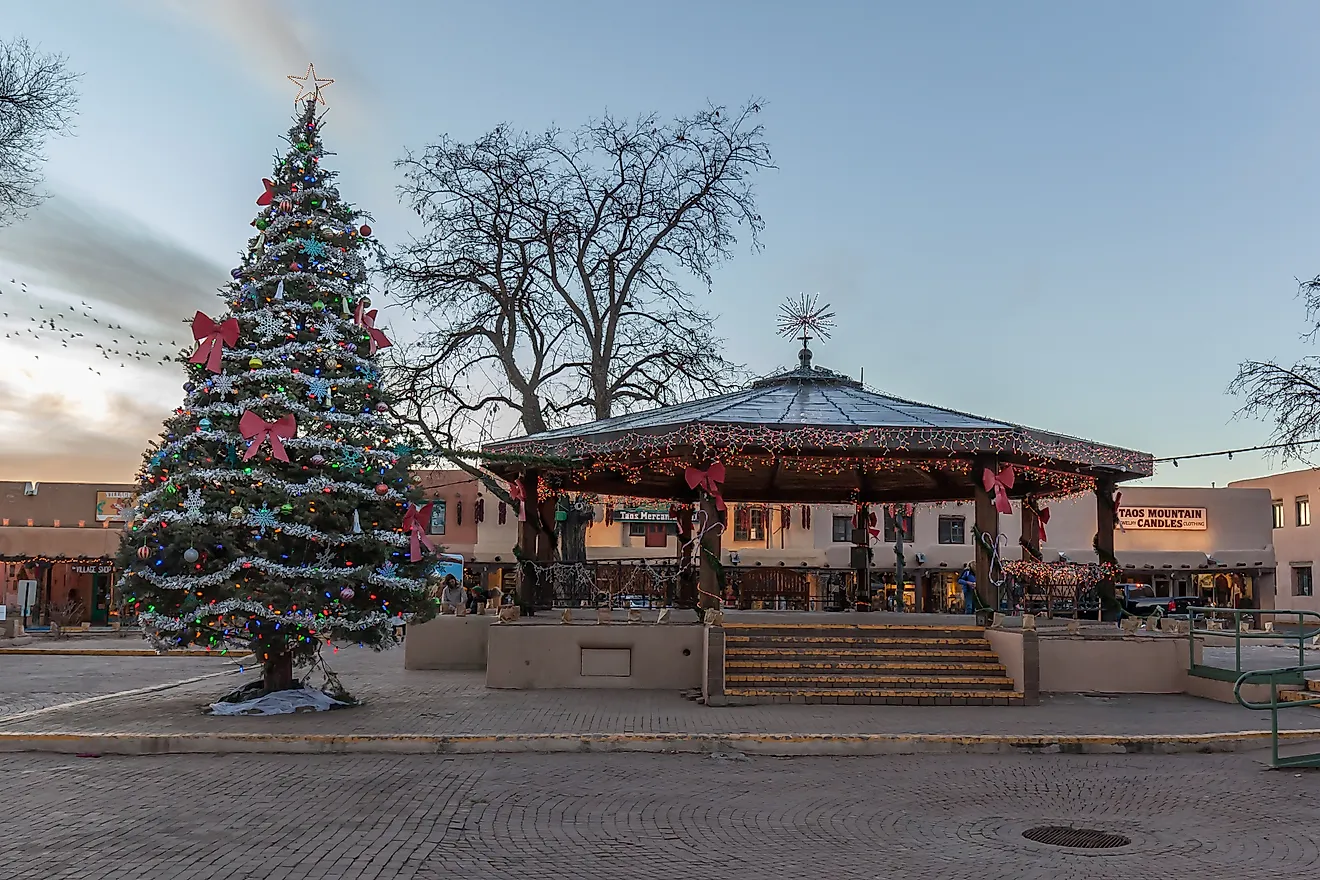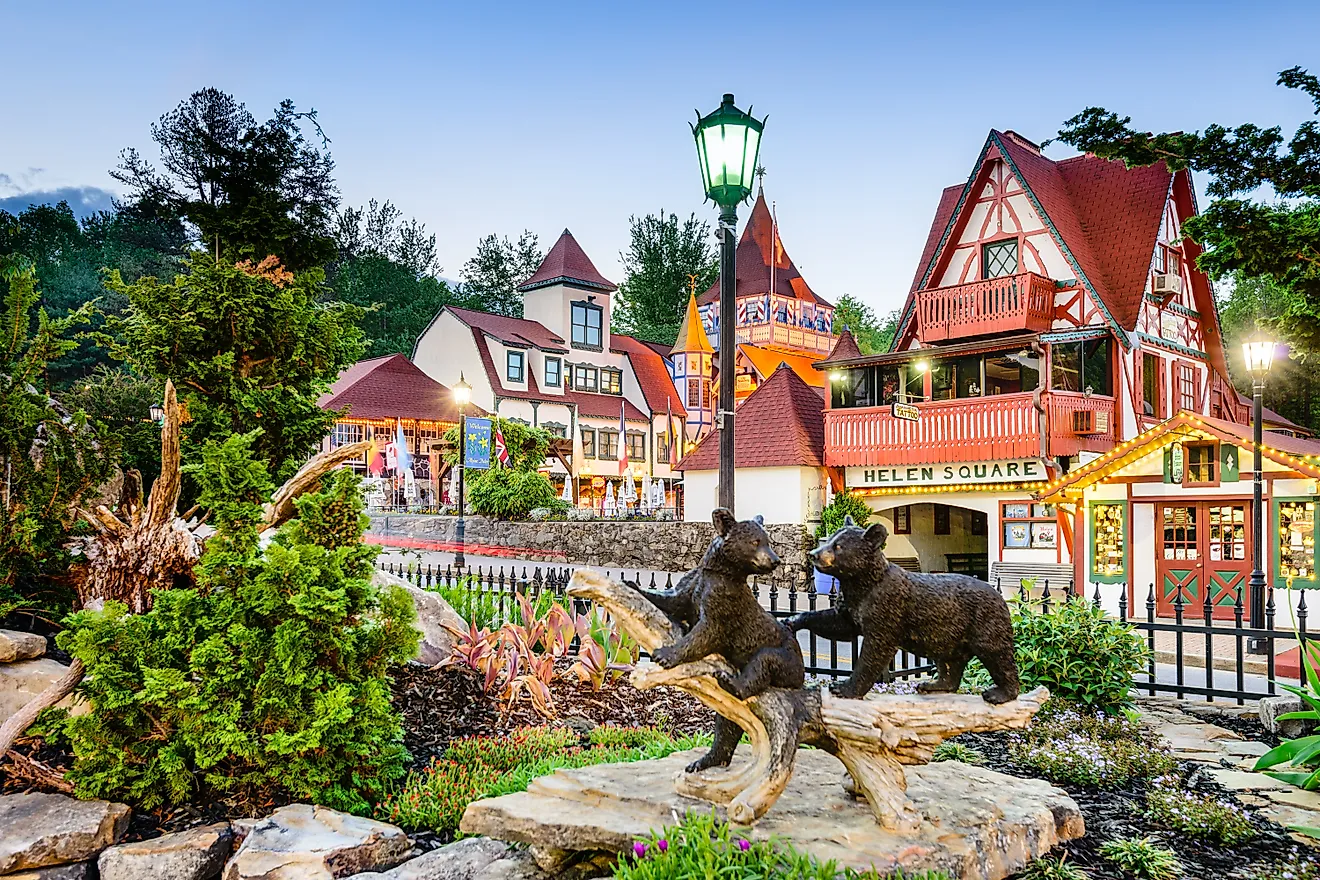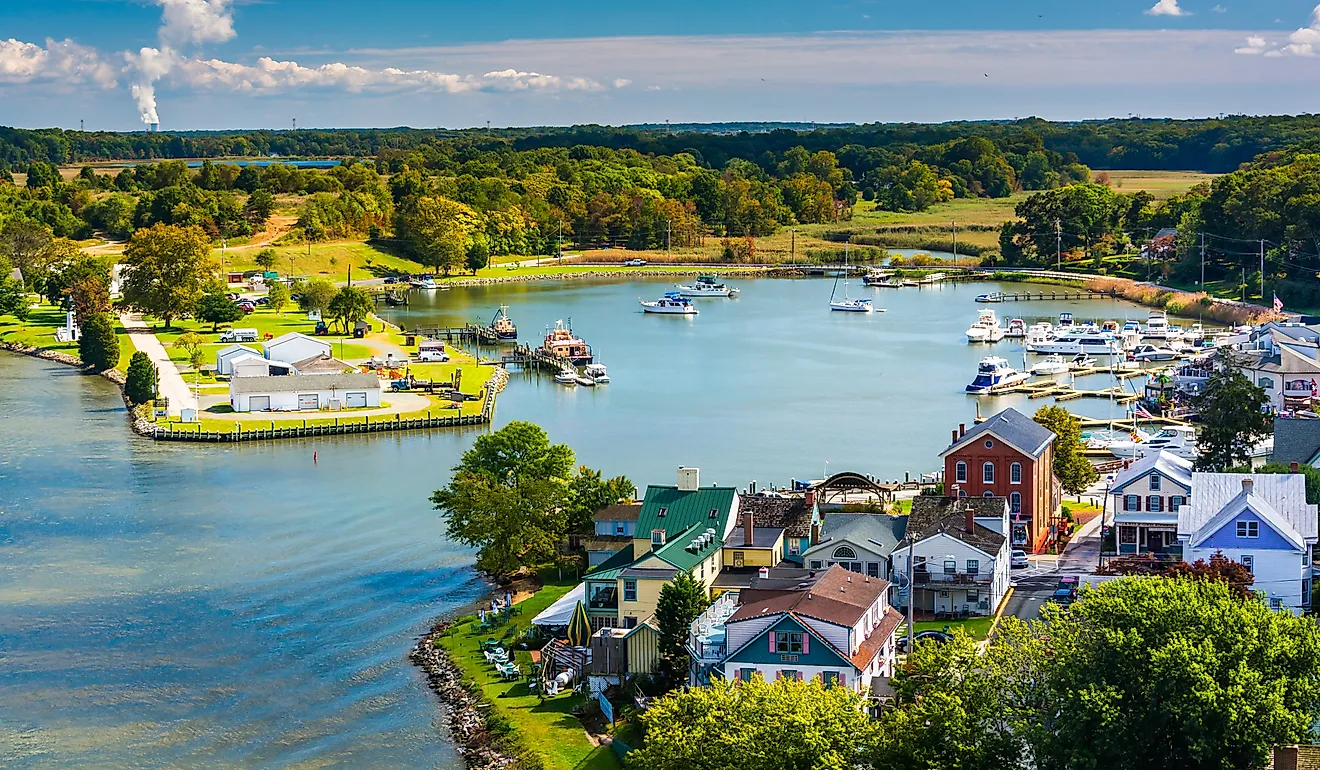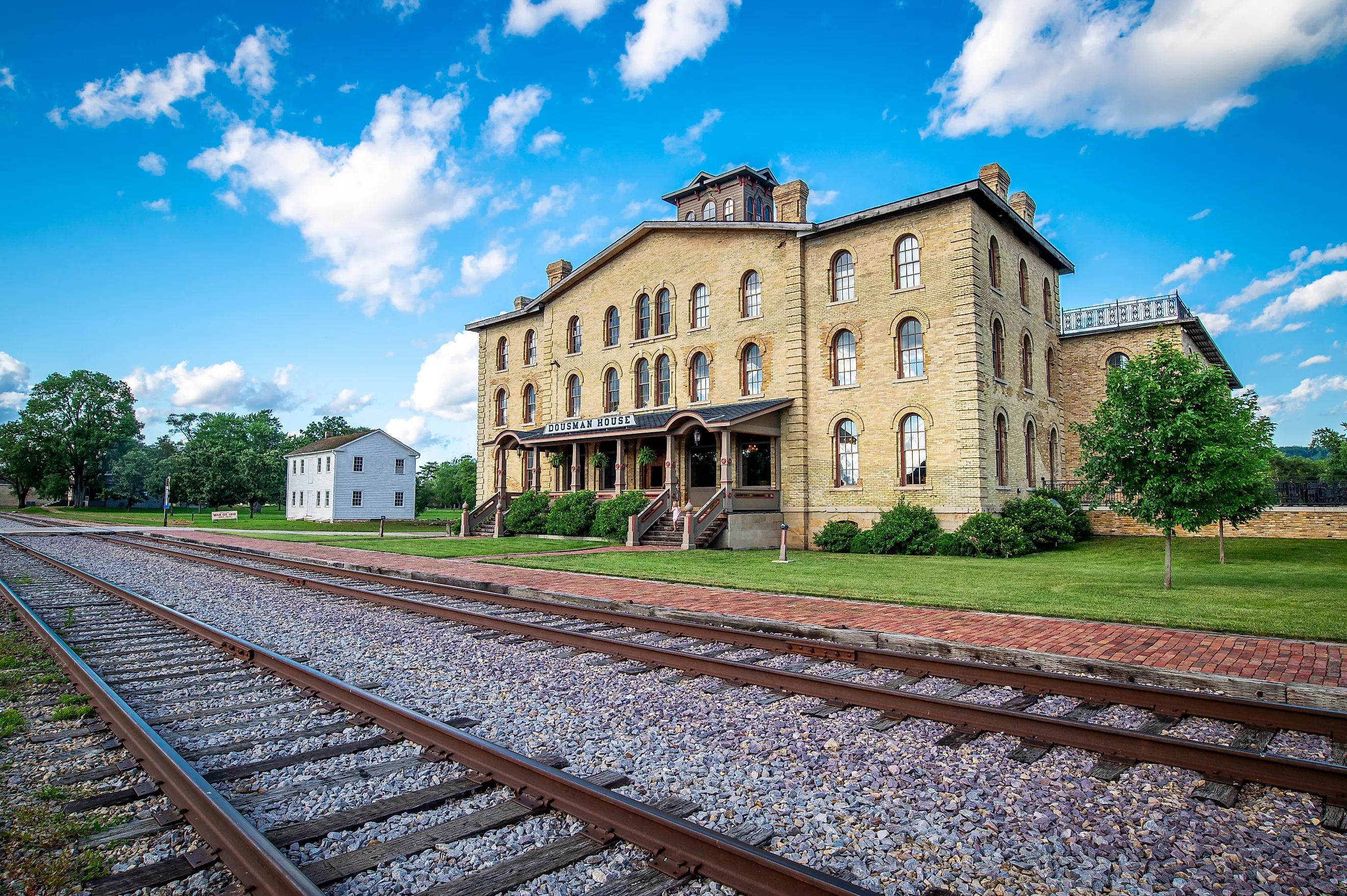
8 Wisconsin Towns That Echo The Past
Wisconsin may be known for its cheese, lakes, and friendly hospitality, but its smaller towns hold something even more enduring—stories of the past written in brick, timber, and limestone. Across the Badger State, you’ll find places where the rhythm of modern life still beats in step with history. Cobblestone streets, water-powered mills, and restored storefronts echo the days when communities built connections through handshakes instead of digital phone screens.
These towns aren’t just museums of memory—they’re living communities that have found ways to honor their past while staying vibrant today. From old mining villages and fur-trade outposts to Victorian main streets and maritime harbors, each destination offers a unique glimpse into the state’s pioneering spirit. Here are eight Wisconsin towns where history is more than just an echo of the past—it’s part of the present.
Cedarburg
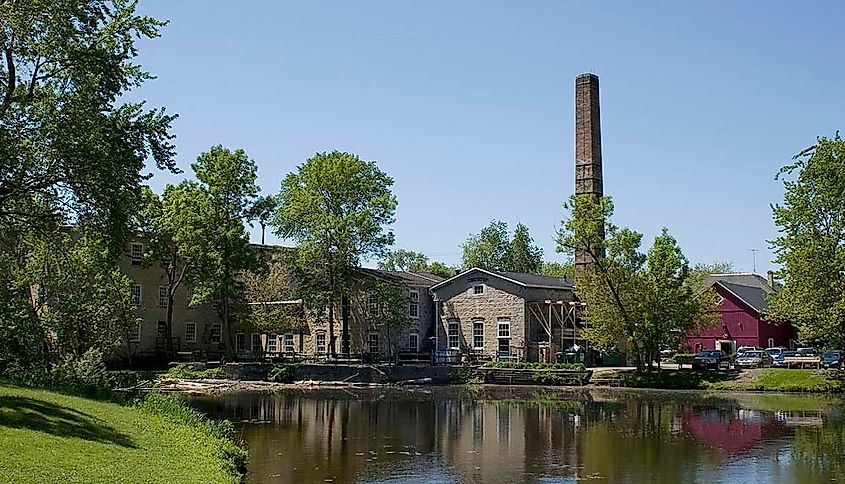
Just a half-hour north of Milwaukee, Cedarburg feels like a small piece of 19th-century Americana that never faded away. The town began in the 1840s when German and Irish settlers built mills along Cedar Creek. Many of those same limestone buildings still line Washington Avenue today. A stroll through the Cedar Creek Settlement—once a woolen mill complex—reveals boutiques, restaurants, and the Cedar Creek Winery, which fills the air with the scent of fermenting grapes.
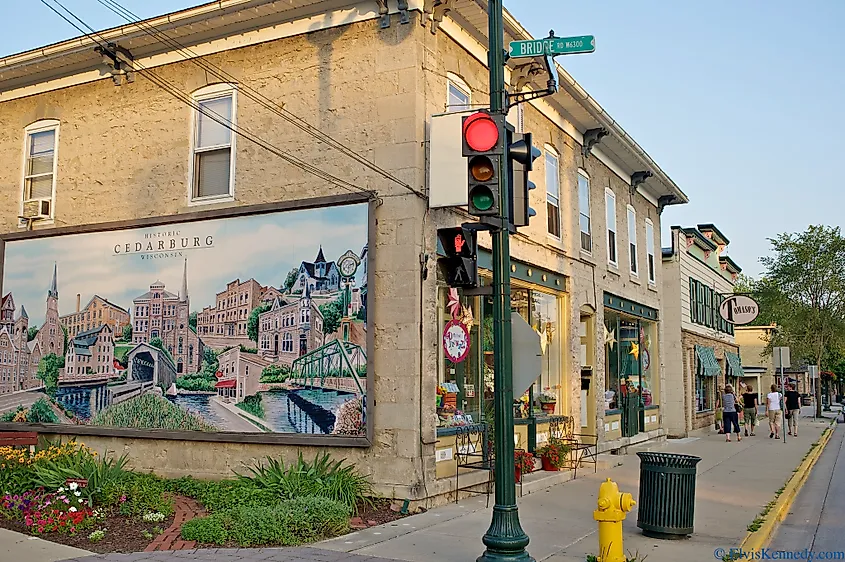
At the Cedarburg History Museum, you’ll find photographs, local artifacts, and displays that tell the town’s story from frontier times to the modern day. Art lovers can explore galleries tucked into historic buildings or attend the annual Strawberry Festival, when Main Street fills with music, vendors, and the aroma of fresh berries. Whether you’re sampling wine, browsing antiques, or simply admiring the millrace views, Cedarburg’s enduring charm makes the past feel beautifully present.
Mineral Point

Mineral Point stands as one of Wisconsin’s oldest towns, founded in the 1820s during the state’s lead-mining boom. When Cornish miners arrived from England, they brought with them not only their skills but also their traditions and architecture. Today, that heritage lives on in the honey-colored stone cottages scattered along narrow streets.
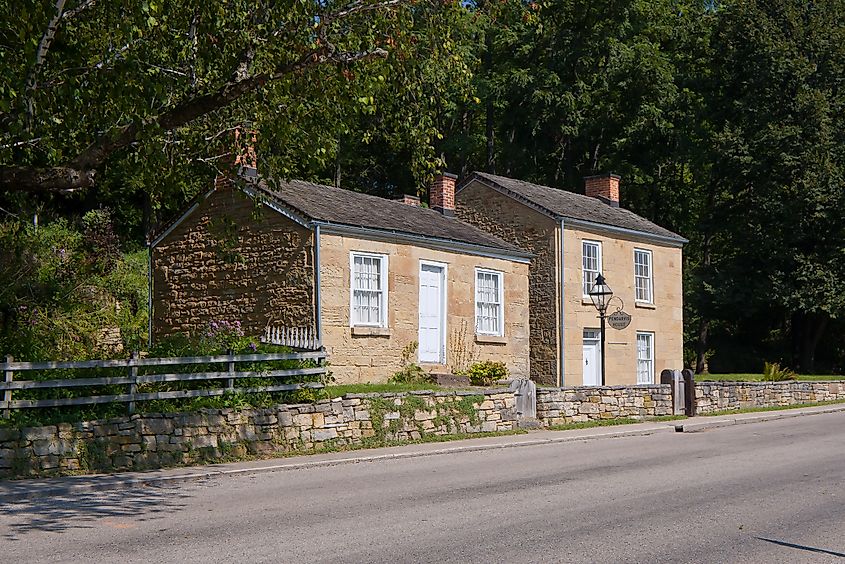
The Pendarvis Historic Site, operated by the Wisconsin Historical Society, preserves several of these early homes—each offering a window into the life of those hardy settlers. In the heart of town, the Mineral Point Railroad Museum captures the community’s industrial heyday, with exhibits on locomotives and mining transportation. Local artisans have also revived the creative spirit of the past; the former miners’ cottages now serve as workshops and galleries filled with pottery, textiles, and handcrafted goods. Don’t miss a stop at the Red Rooster Café for a traditional Cornish pasty and slice of figgyhobbin. When you walk its winding streets or chat with shopkeepers, Mineral Point doesn’t just tell history—it lets you live it.
Eagle
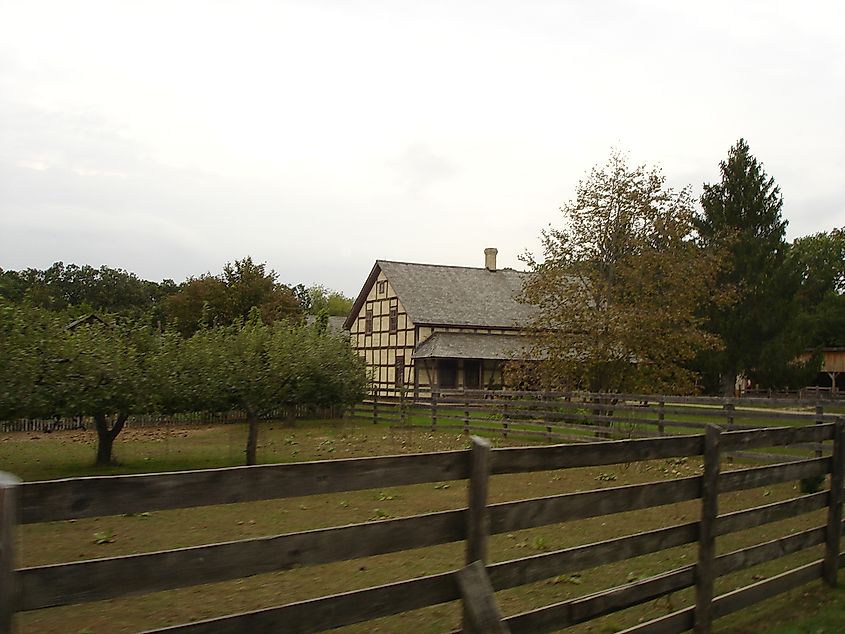
Tucked into the rolling countryside southwest of Milwaukee, Eagle is home to one of Wisconsin’s most immersive historical attractions—Old World Wisconsin. Spanning 480 acres of fields and forest, this open-air museum re-creates 19th-century life with more than 60 restored farmhouses, barns, shops, and churches. Visitors can wander through themed areas that represent Wisconsin’s immigrant heritage—German, Norwegian, Polish, Danish, and African American pioneers—each brought to life by costumed interpreters demonstrating blacksmithing, farming, and hearthside cooking.
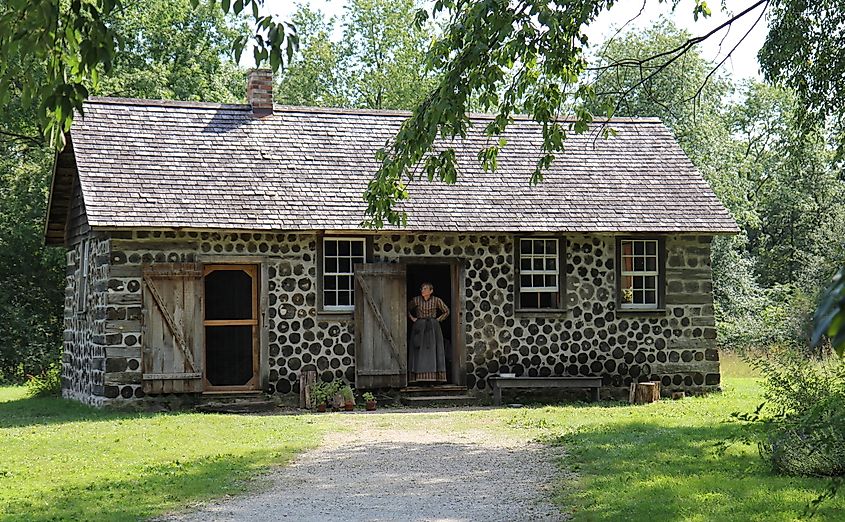
At Old World Wisconsin, you might hear the ring of a hammer in the blacksmith shop, smell bread baking in a wood-fired oven, or see schoolchildren learning their lessons in a one-room schoolhouse. The Crossroads Village serves as the heart of the site, complete with a church, general store, and horse-drawn wagons rolling down dirt lanes. Every detail, from the tools to the textiles, captures the authenticity of frontier life.
After exploring, visitors can relax in Eagle’s peaceful setting or drive through nearby Kettle Moraine State Forest, where scenic trails wind through glacial hills and hardwood groves. With its blend of living history and countryside charm, Eagle offers a journey where the past feels close enough to touch—reminding you that Wisconsin’s pioneer spirit still lives on, one forge fire and farmstead at a time.
Cassville
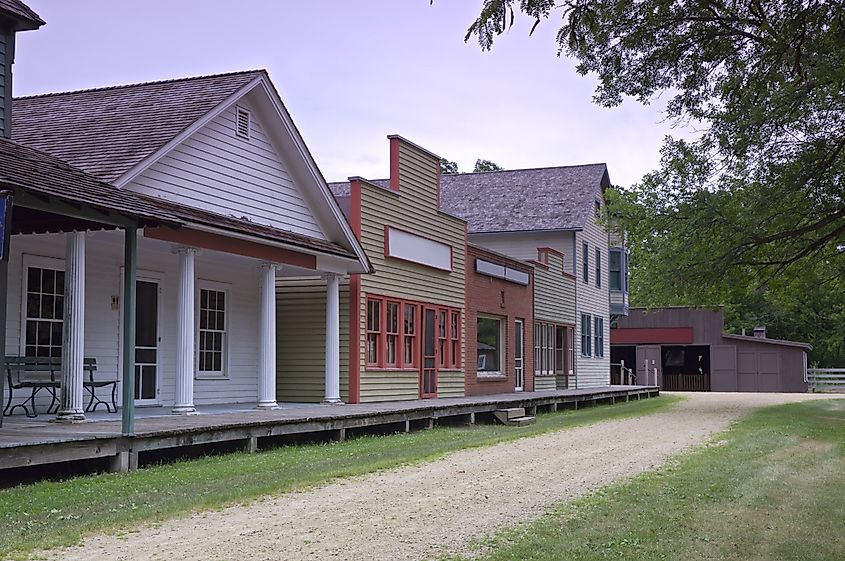
On the bluffs above the Mississippi River near Cassville, Stonefield Historic Site offers one of Wisconsin’s most impressive glimpses into 19th-century rural life. Operated by the Wisconsin Historical Society, this 2,000-acre property includes more than 30 historic buildings—farmsteads, barns, shops, and a recreated 1900s main street—each telling the story of the state’s agricultural roots.
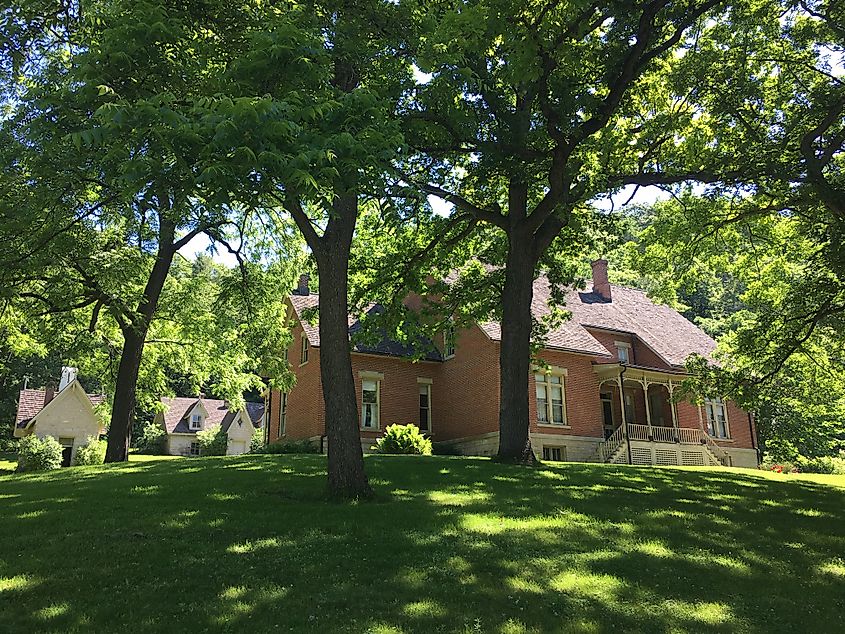
Visitors can tour the State Agricultural Museum, which highlights Wisconsin’s rise as “America’s Dairyland” through vintage tractors, early milking machines, and farm tools that once shaped the region’s prosperity. In the reconstructed Farmstead, costumed interpreters demonstrate old-fashioned chores such as butter churning, plowing, and threshing—inviting you to experience the rhythm of daily life from more than a century ago. The recreated Village of Cassville, complete with a blacksmith shop, general store, post office, and sawmill, vividly captures the feel of a turn-of-the-century town. Pair your visit with a walk through Nelson Dewey State Park, named for Wisconsin’s first governor, whose estate once occupied the Stonefield grounds.
Baraboo
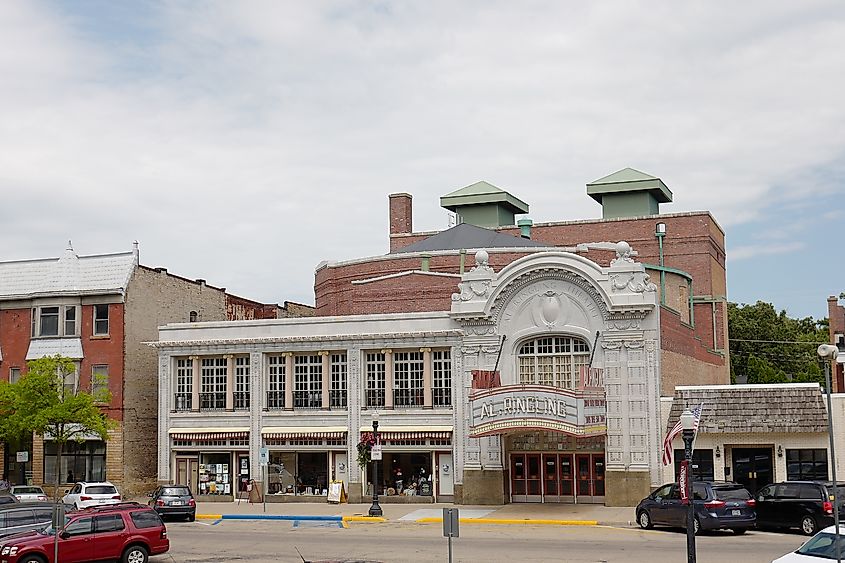
Cradled by the scenic Baraboo Hills, Baraboo blends small-town warmth with an extraordinary past that helped shape American entertainment. In the 1880s, the Ringling Brothers made Baraboo their winter headquarters, transforming the quiet river town into a circus capital. That legacy still shines at the Circus World Museum, where restored wagons, colorful tents, and live performances celebrate the golden age of the big top. As you wander through the historic Ringling complex—complete with the brothers’ original buildings—you can almost hear the echo of brass bands and laughter on the breeze.
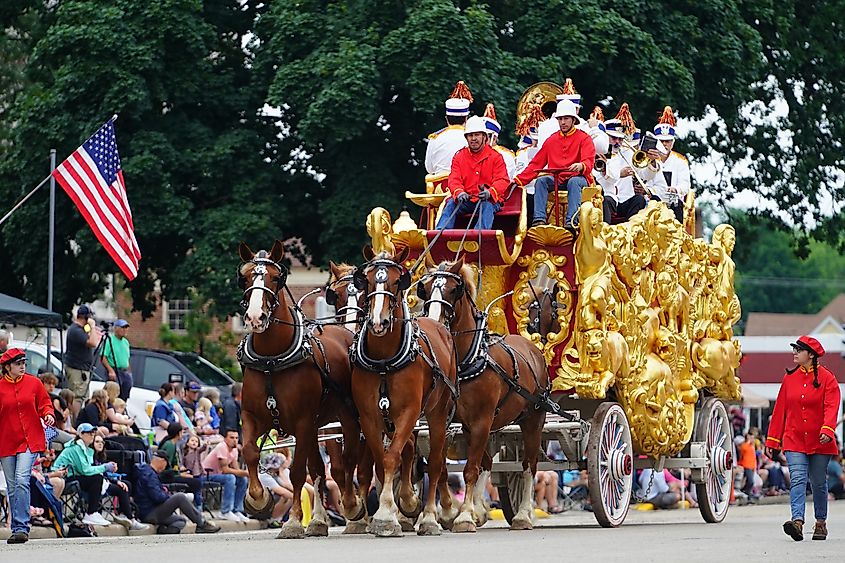
History here goes beyond the circus. The Sauk County Historical Museum, housed in the stately Van Orden Mansion, offers a window into 19th-century life with period rooms and exhibits on the town’s early settlers. And just outside town, Devil’s Lake State Park provides another kind of history—geological history—with towering quartzite bluffs that have stood for over a billion years. Whether you’re marveling at circus wagons or hiking through the hills, Baraboo feels like a place where the past is always just within reach.
Prairie du Chien
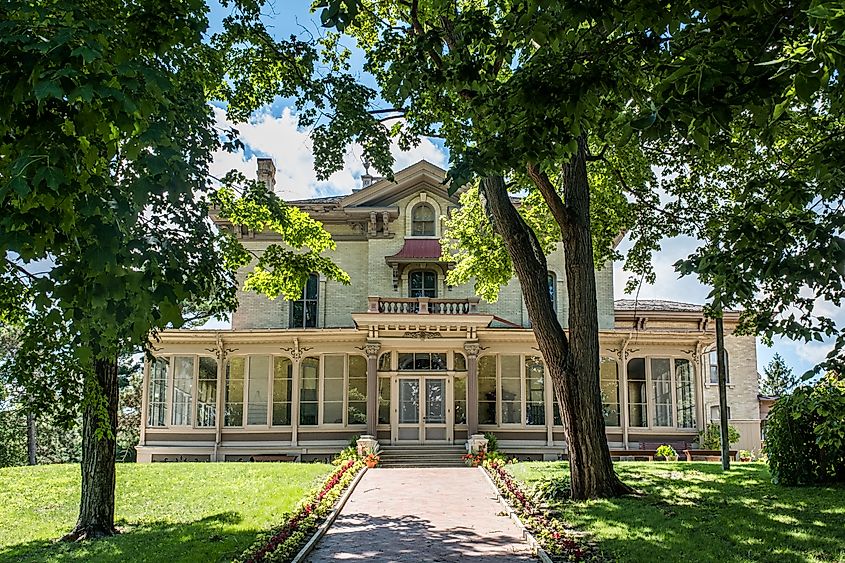
Prairie du Chien is one of Wisconsin’s oldest European settlements, with roots dating back to French fur traders in the late 1600s. The town’s name—meaning “Dog’s Prairie”—comes from a Fox Indian chief, and its layered history is as colorful as the river sunsets that paint the horizon.
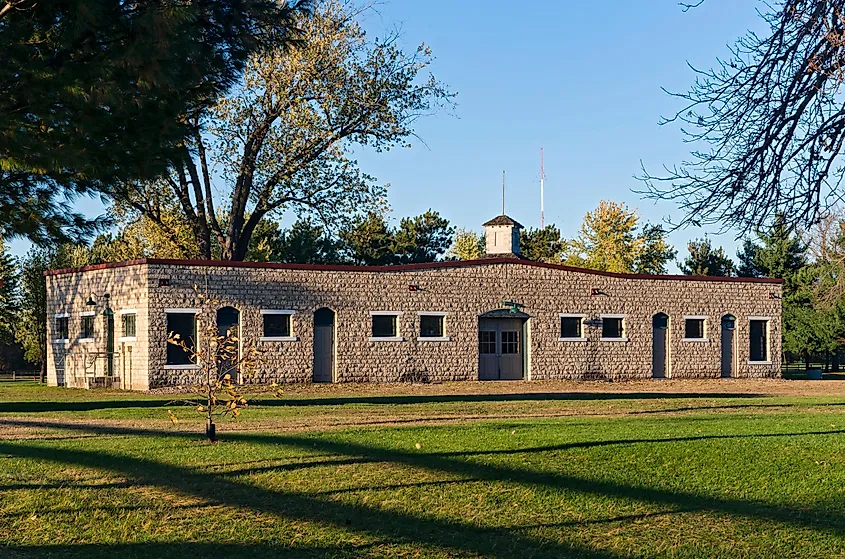
Start at Villa Louis, a Victorian-era estate built atop the remains of Fort Crawford. The mansion’s opulent furnishings and manicured gardens reflect the prosperity of the Dousman family, who turned the old military post into a riverside estate. Nearby, the Fort Crawford Museum delves into 19th-century medicine, showcasing the work of army surgeon William Beaumont, who made groundbreaking discoveries here. For a leisurely afternoon, wander St. Feriole Island, where historic stone buildings and walking paths tell tales of explorers, soldiers, and settlers. Whether you come for the history or the river views, Prairie du Chien’s timeless atmosphere makes it easy to imagine steamboats churning just around the bend.
New Glarus
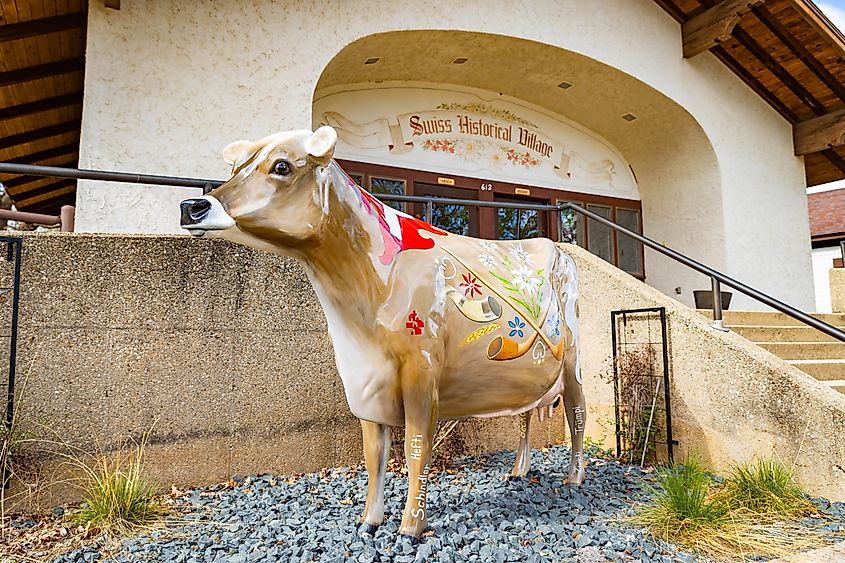
Tucked among the rolling hills of southern Wisconsin, New Glarus feels like a charming slice of Switzerland transplanted to the Midwest. Founded in 1845 by Swiss immigrants seeking new opportunities, the town has fiercely preserved its Alpine heritage through its architecture, food, and festivals. Walking down 5th Avenue, you’ll see chalet-style buildings adorned with painted shutters and flower boxes, while the scent of fresh bread and cheese drifts from cozy cafés and bakeries.
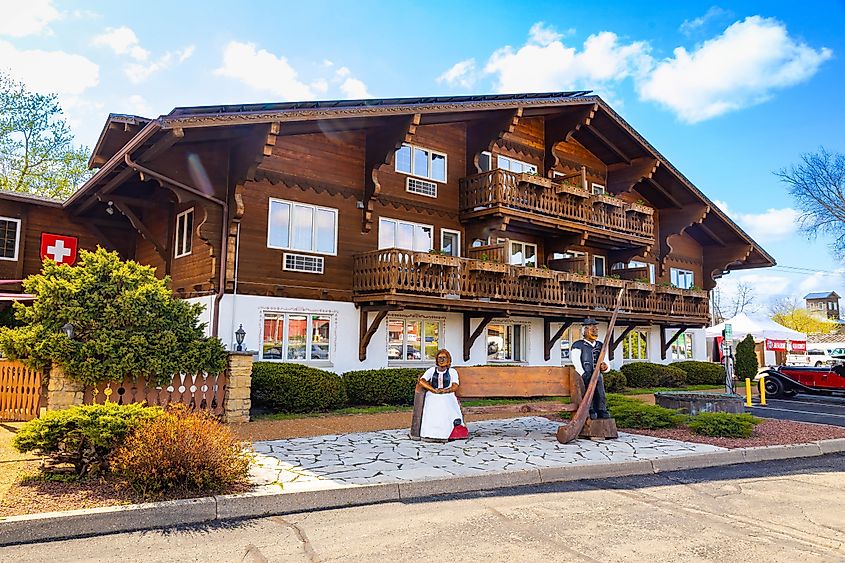
History lives vividly at the Swiss Historical Village Museum, a collection of log cabins, schoolhouses, and restored buildings that trace the story of the town’s early settlers. Costumed guides share tales of hardship, faith, and perseverance that shaped the community’s enduring spirit.
Of course, no visit to New Glarus is complete without a stop at the New Glarus Brewing Company, famous for its handcrafted beers and self-guided tours overlooking the countryside. If you visit in late summer, the Wilhelm Tell Festival—running since 1938 —brings Swiss folklore to life with music, costumes, and community pride.
Pepin
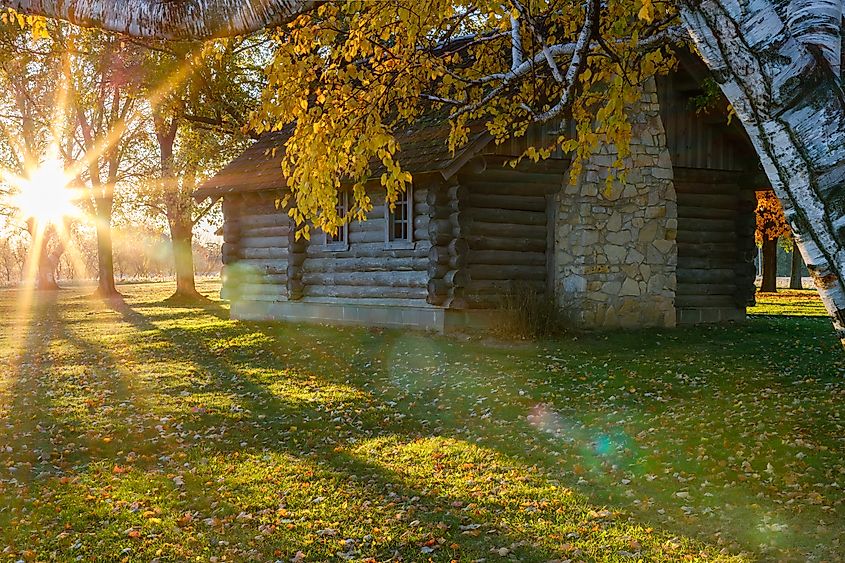
Perched on the sparkling shores of Lake Pepin, this small community holds a special place in American literary history as the birthplace of Laura Ingalls Wilder, beloved author of the Little House on the Prairie series. The Laura Ingalls Wilder Museum displays the author's incredible legacy, along with pioneer artifacts, photographs, and family heirlooms that tell the story of her early years. A short drive away, visitors can see the Little House Wayside Cabin, a faithful replica of the Ingalls’ original log home built on the very site where she was born in 1867.
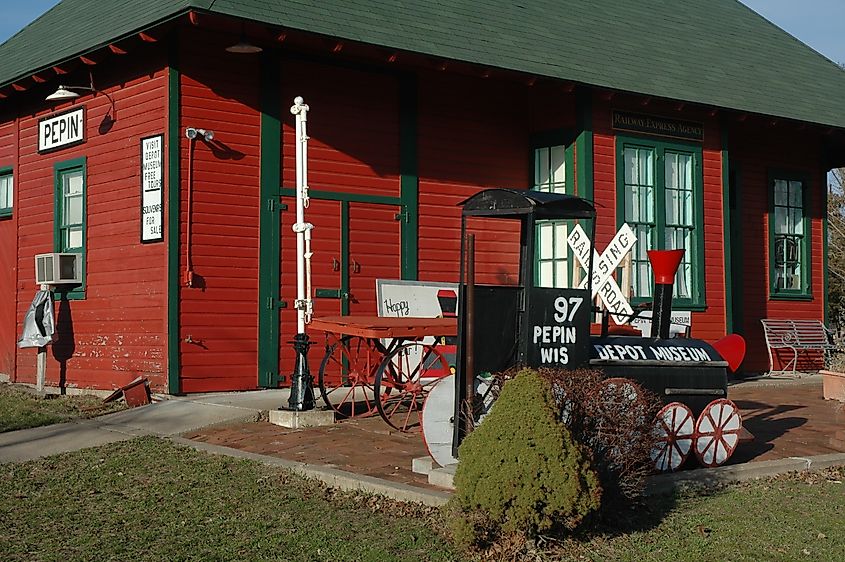
Beyond its pioneer past, Pepin exudes small-town grace and natural beauty. The Pepin Depot Museum, housed in a historic 1880s depot, highlights the town’s connection to the great Mississippi River and its role in early rail travel. Along Main Street, you’ll find cozy cafés, antique stores, and art galleries that celebrate the creativity of this riverside community. Outdoor lovers can stroll the marina, watch sailboats glide across the lake, or drive the scenic Great River Road, where every curve reveals another postcard view.
These Eight Wisconsin Towns Echo the Past
Wisconsin’s smaller towns remind us that history isn’t something locked away in books—it’s alive in every millstone, riverbank, and main street that has stood the test of time. Whether you’re exploring the cobbled lanes of Mineral Point, hearing the ring of a forge in Eagle, or standing by Laura Ingalls Wilder’s cabin in Pepin, each place tells a story of perseverance and pride.
These towns invite you to slow down, listen, and look around. Their charm lies not just in preserved buildings or museums, but in the people who keep their heritage alive with every festival, handshake, and shared memory. In the end, these communities don’t just echo the past—they remind us why it’s worth remembering.
